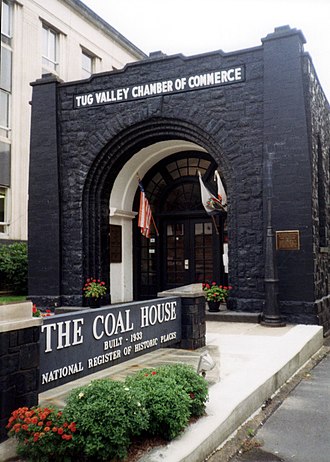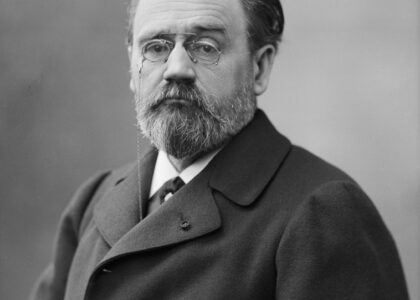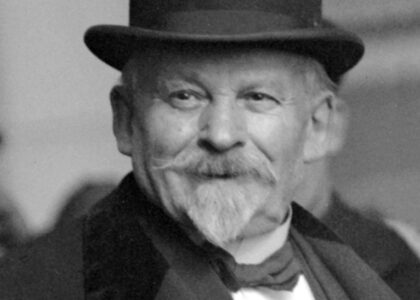Welcome to Williamson, the county seat of Mingo County, West Virginia, a town with a rich tapestry of history tied to the coal mining and labor movements of the 20th century. Nestled in the Appalachian Mountains, Williamson’s story is a quintessential representation of this rugged region’s past, marked by its industrious spirit and the ever-present struggle between labor and management.
The establishment of Williamson can be traced back to the late 19th century. It was named after Wallace J. Williamson, a local landowner who played a significant role in the town’s early development. The arrival of the Norfolk and Western Railway in the late 1800s was a pivotal moment for Williamson, transforming it from a small settlement into a bustling hub of commerce and industry. The railway not only provided a means of transporting coal from the rich seams of the Appalachian mountains but also brought an influx of workers and their families seeking opportunities.
One of the most significant chapters in Williamson’s history is its involvement in the coal mining industry. At the turn of the 20th century, Williamson became a focal point in the labor struggles that swept across the coalfields of West Virginia. The infamous Matewan Massacre of 1920, which took place just a few miles away, underscored the intense conflict between coal miners and the coal companies. The event was a deadly shootout between coal miners, who were attempting to unionize, and the Baldwin-Felts Detective Agency, who were hired by the coal companies to suppress the unionization efforts. This bloody conflict drew national attention to the plight of coal miners and set the stage for future labor reforms.
As you walk through the streets of Williamson today, you can still feel the echoes of its vibrant past. The historic Mingo County Courthouse stands as a testament to the town’s resilience. This building was the site of the trial following the Matewan Massacre, where the town’s sheriff, Sid Hatfield, was famously acquitted of murder charges, further solidifying his status as a local folk hero.
Over the years, Williamson has evolved from its roots as a coal mining town to a community that embraces its history while looking towards the future. Although the coal industry has waned, the spirit of determination and community remains strong. Today, visitors can explore the Coal House, a unique building constructed entirely of coal, serving as a symbol of the town’s heritage and a nod to its enduring legacy.
Williamson’s story is not just one of industry and conflict, but also one of community resilience and adaptation. Its role in the broader historical context of labor movements in the United States remains a significant part of its identity, reminding us of the sacrifices made by those who fought for fair labor practices and workers’ rights. Whether you’re driving through or exploring on foot, Williamson offers a unique glimpse into a past that has shaped the present, and a legacy that continues to influence the future.






